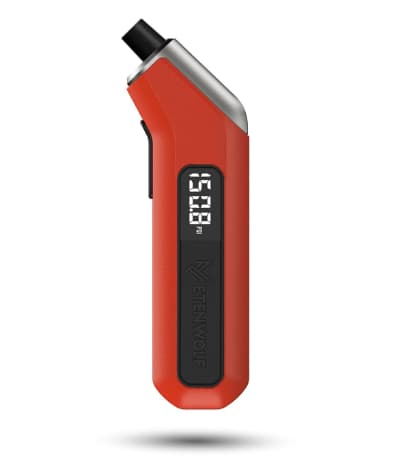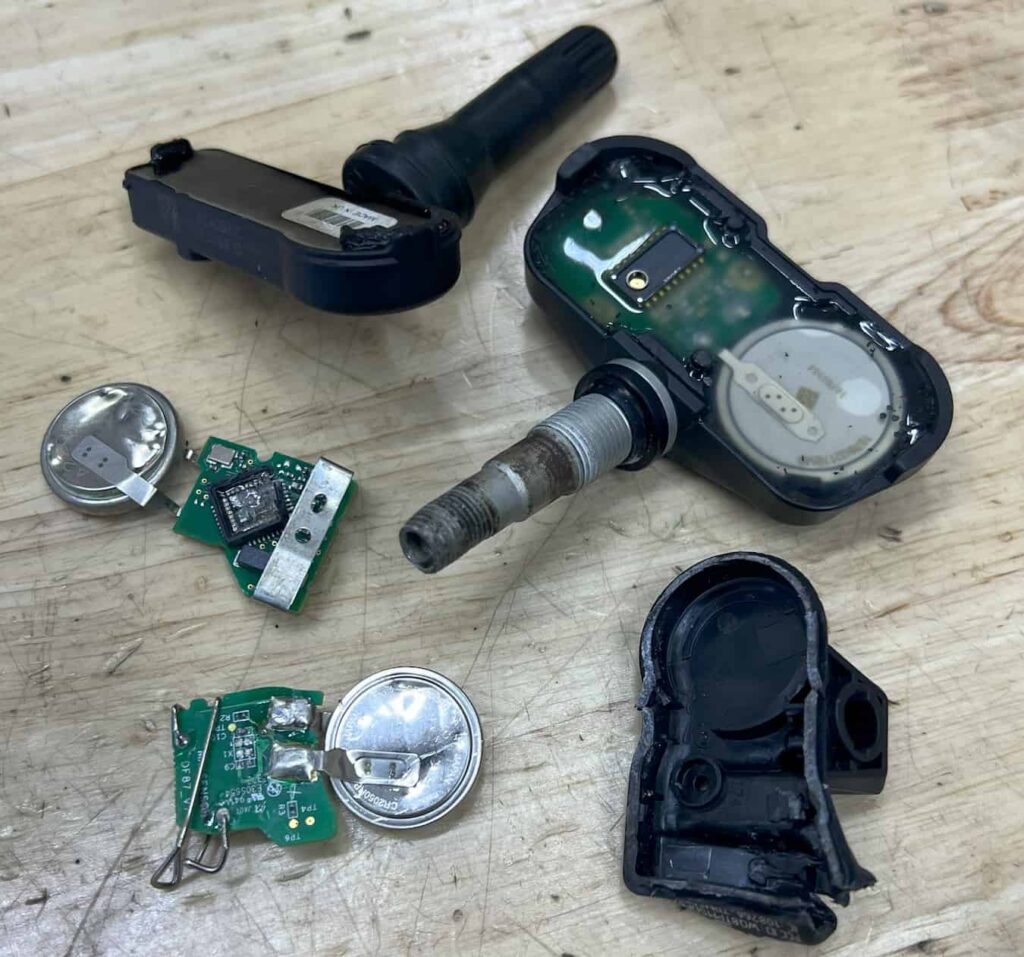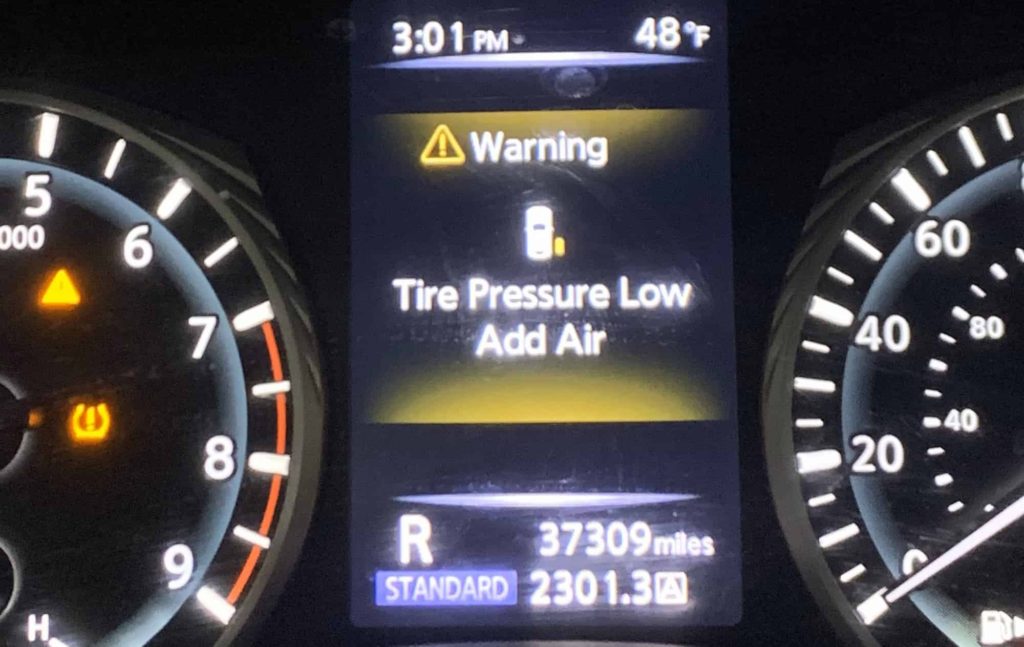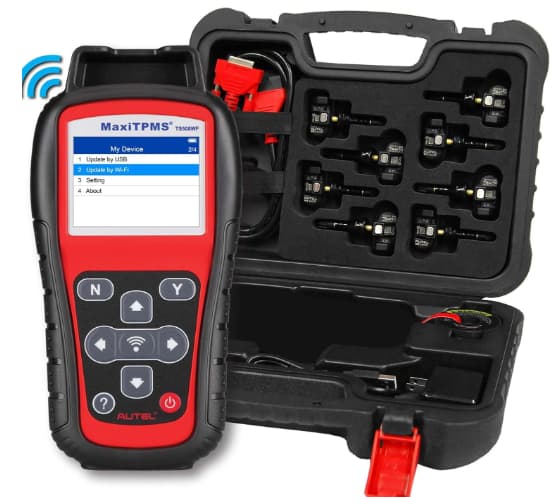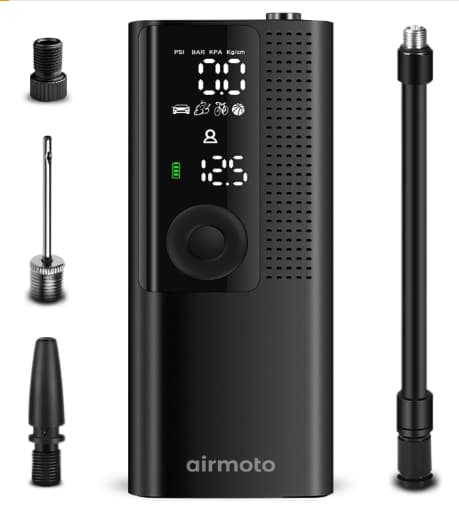What Does Check TPMS on Hyundai Mean?
If your Hyundai low tire pressure light turns on the dashboard it means that your vehicle either has one or more tires with low tire pressure or that one or more tire pressure sensors are not communicating with your cars on board computer system.
Step-by-Step Hyundai TPMS Light Reset Instructions
Open the driver side door and check the tire pressure sticker on the door panel.
Inflate each Hyundai tire to the exact air pressure the door sticker recommends for the front and rear tires.
Drive your Hyundai for 15 minutes at speeds exceeding 20 Mph.
Note: Hyundai vehicles do not have a tire pressure reset button.
Is There Anything I Can Do to Turn Off the Hyundai Tire Light if Nothing Else Works?
If you are having issues resetting your Hyundai’s low tire warning light, here are a few tips:
Disconnect the battery terminal: Disconnecting and then reconnecting your negative battery terminal will reset and delete temporary fault codes in your Hyundai’s on board computer system. This will hard reset your Hyundai tire pressure monitoring system.
Release Air Pressure from tires: Release about 10 psi from each tire and then re-inflate each tire back to the recommended air pressures before taking your Hyundai for a drive (20 minutes at speeds exceeding 20 mph).
Special TPMS Tool: Use a TPMS diagnostic tool to scan and diagnose each tire pressure sensor to determine each sensor’s current health.
How Does the Hyundai Tire Pressure Monitoring System Work?
Hyundai’s Tire Pressure Monitoring System (TPMS) operates on a direct TPMS framework. This system incorporates individual pressure sensors within each wheel to monitor the pressure and temperature of its respective tire. These sensors are crucial for providing real-time data on each tire’s condition.
The functioning of the Hyundai tire pressure monitoring system begins with the tire sensors measuring the current tire pressure and temperature. This data is then transmitted wirelessly to the Hyundai’s onboard computer system through a TPMS receiver module. The onboard computer assesses this information to determine whether the tire pressures fall within a predefined safe range.
Should the tire pressure drop below the safety threshold (set by Hyundai), the TPM system activates a low tire warning. This is indicated by illuminating a low tire pressure warning light on the dashboard.
What Sets Off the Hyundai Tire Pressure Light?
Low Tire Pressure: Activated when one or more tires are underinflated.
Temperature Changes: Sudden weather changes can cause incorrect pressure readings.
Sensor Issues: Failing sensors due to damage or battery issues can trigger the light.
System Fault: Errors within the Hyundai TPMS can erroneously illuminate the warning light.
Recent Tire Service: The light might stay on briefly after tires are inflated or changed, until the system recalibrates.
Spare tire: Hyundai vehicles do not have a tire pressure sensor in the spare tires. Driving with a spare tire mounted to your vehicle will result in a TPMS malfunction.
Why is My Tire Pressure Light On If All My Tires are Fine?
If the tire pressure light remains illuminated despite all tires being at the correct psi, it could indicate a sensor issue or the need for the tire pressure monitoring system (TPMS) to reset. The system may take a few seconds to update after you inflate the tires or can be delayed due to sensor malfunctions.
Is It OK to Drive My Hyundai With the Tire Pressure Light On?
It is generally unsafe to drive with the tire pressure light on. The tire light warns of potential underinflation that can affect your car’s handling and increase the risk of tire failure. It’s best to check your tire pressure (using a tire pressure gauge) as soon as the low tire light turns on. If your Hyundai tire light is active because of a faulty TPMS sensor (e.g. dead sensor battery), this will not affect driving safety.
Can I Disable My Hyundai Tire Pressure Monitoring System?
Disabling the TPMS in your Hyundai is not advisable and is can be illegal depending where you live. Removing all tire pressure sensors will result in a malfunction of the tire pressure monitoring system, causing the low tire pressure light to flash initially and then remain lit continuously. Disabling it can lead to unchecked low tire pressure and potentially dangerous driving conditions.
What Does it Mean When My Car Says Check TPMS?
When your Hyundai’s dash displays “check TPMS,” it typically indicates a problem within the tire pressure monitoring system. This could be a sensor failure, a system malfunction, or communication issues within the system. If this happens we advise either using a TPMS diagnostic tool or bringing your vehicle to a local mechanic.
Hyundai Vehicles
Follow these detailed Hyundai TPMS Reset articles for each Hyundai Model: Hyundai Ioniq, Hyundai Accent, Hyundai Palisade, Hyundai Venue, Hyundai Kona, Hyundai Sonata, Hyundai Santa Fe, Hyundai Tucson, Hyundai Elantra
Please note that this blog post contains Amazon affiliate links. This means that if you make a purchase through one of these links, we at TPMSRESET.COM may earn a small commission at no extra cost to you. We only recommend products that we personally use and believe in. Thank you for supporting us.
About the Author
Stefan A. – Professional Automotive Technician – I am currently an automotive technician in New Jersey and have worked in private shops as well as dealerships. When I am not writing articles I am wrenching on race cars and driving radio controlled cars at the track!


